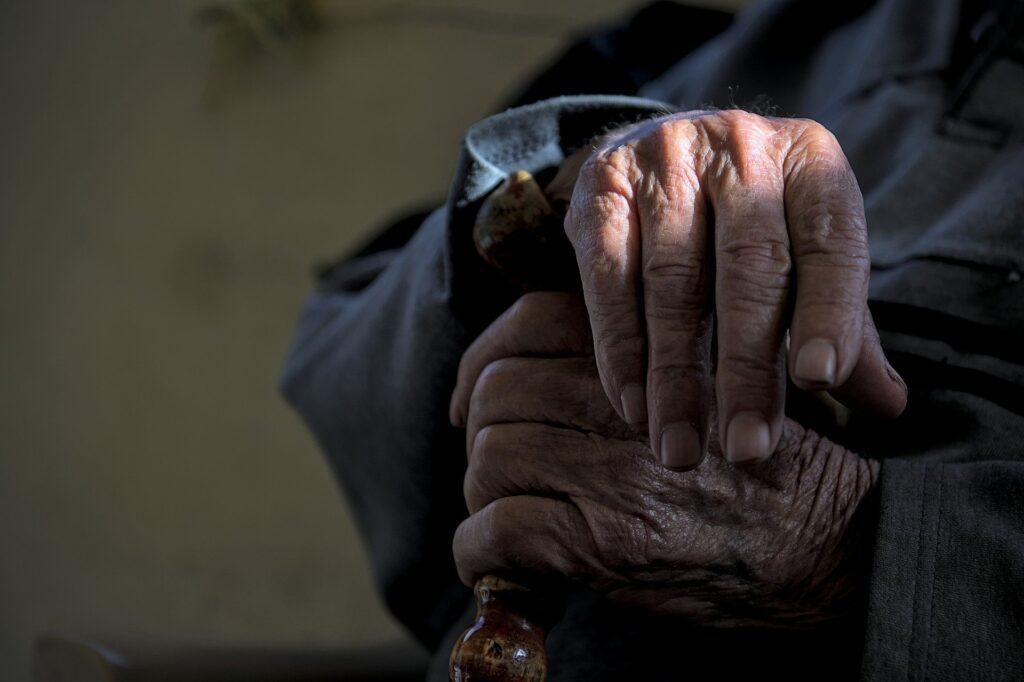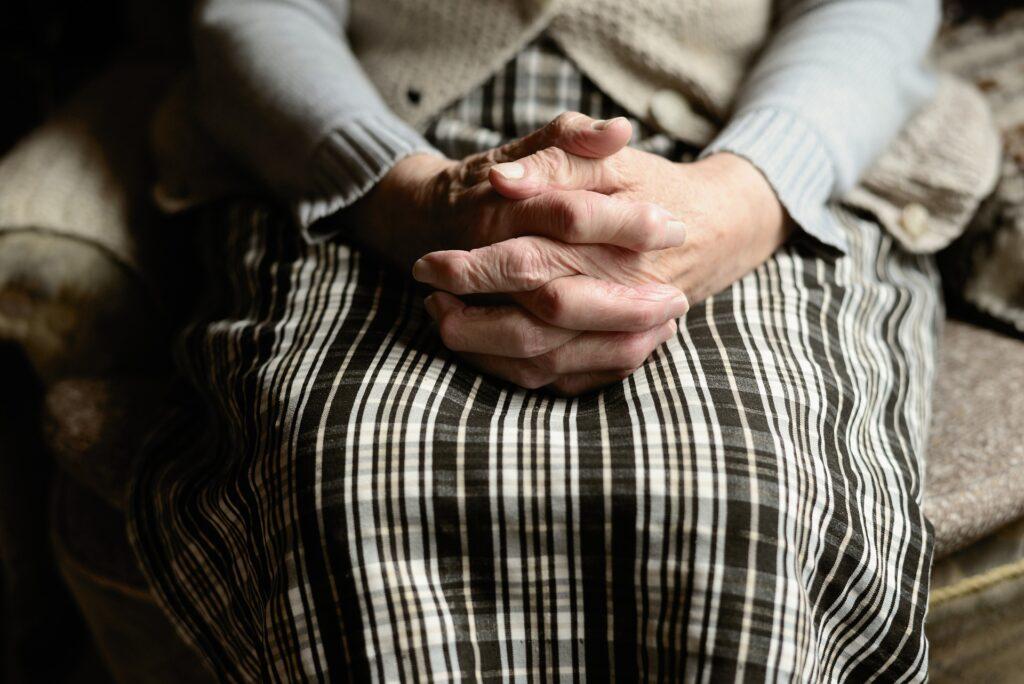In recent years, nursing home litigation has gained increased attention owing to concerns surrounding the care and safety of residents. It is crucial to scrutinize care plans as they delineate specific goals and strategies tailored to each resident. In the realm of nursing home litigations, one of the most critical pieces of documentation encountered is the care plan.
The significance of care plans cannot be overstated. These plans outline the specific care interventions, goals, and strategies designed to meet a resident’s unique needs. The Centers for Medicare and Medicaid Services (CMS), the governing agency for nursing facilities, offers detailed guidelines for creating actionable care plans.
Let’s explore the vital role of care plans in nursing home litigation. Two crucial documents play a significant role: the baseline care plan and the comprehensive care plan.
Understanding Care Plans:
Care plans represent the cornerstone of quality care in nursing homes. They are personalized roadmaps tailored to each resident’s unique needs, preferences, and medical conditions. Care plans are developed collaboratively by healthcare professionals, including nurses, physicians, therapists, and social workers, and in consultation with the resident and their family members.
The Baseline Care Plan: Foundation of Care
The Baseline Care Plan is the foundational document outlining the resident’s essential care needs. It’s based on the resident’s initial assessment, highlighting immediate care requirements for quality service provision. The baseline care plan includes resident-specific safety and health concerns to preempt any potential injuries during the initial days of admission.
CMS guidelines indicates that the baseline care plan be created within 48 hours of admission, setting goals based on the admission evaluation, resident and family input, and physician admission orders.
It encompasses:
- Dietary needs
- Mobility assistance
- Activities of daily living assistance
- Medication management
- Behavioral considerations
- Potential risks (falls, pressure injury, etc.)
- Therapy needs
The Comprehensive Care Plan: Tailored and Detailed
As the resident settles into their new environment and their care needs become more apparent, the baseline care plan evolves into the comprehensive care plan.
An interdisciplinary team evaluates the resident to create a comprehensive care plan using the Minimum Data Set (MDS), a resident assessment instrument, to assess clinical, cognitive, functional, and psychological status, as well the use of services. Federal regulations mandate completion of the interdisciplinary team’s admission assessment within 14 days of admission.
Crafted based on assessment, resident consultation, care needs, admission goals, and desired outcomes, the comprehensive care plan is personalized to the resident’s ongoing care. It addresses the broader range of physical, emotional, and social well-being. Interventions, which are the specific care and services that staff will implement to meet the resident’s needs and the care objectives, are a part of the care plan. Federal guidelines dictates that the comprehensive care plan be developed within seven days of completing the comprehensive assessment, allowing 21 days in total.
The comprehensive care plan undergoes periodic review and updates to reflect any changes in resident conditions, preferences, and care goals.
Implementing Interventions: Turning Plans into Action
A plan holds no benefit unless executed. Similarly, residents’ care plans are ineffective unless they are consistently and appropriately implemented by the nursing home staff. Interventions, specific actions and steps outlined in the care plan, are pivotal in achieving the resident’s goals.
Let’s consider this scenario. The comprehensive care plan shows that the resident is at risk for pressure injuries due to impaired mobility. The objective is to preserve skin integrity over the next 90 days. Given the risk of pressure injuries, the resident’s mobility impairment necessitates assistance with changing positions.
Some expected interventions may include:
- Assist with turning and repositioning each two hours
- Using pressure reducing cushion in seating devices
- Assist with shifting of position when seated hourly.
- Using pressure-reducing mattress on the bed
- Daily skin inspections
Within the medical records, documentation should reflect the implementation of these interventions. Medical records should include documentation of pressure-reducing cushion and mattress use, turning frequency, and implementation of necessary skin integrity interventions.
In some nursing home cases involving a pressure injury, the facility may claim that the pressure injury was unavoidable. However, inconsistent documentation of intervention implementation, lack of resident reassessment, lack of plan of care revision, and meeting the required criteria diminishes the assertion’s value. Effective action upon care plans is essential, and other factors must also be considered.
Documentation: The Legal Lifeline
Nursing homes must adhere to stringent regulations governing resident care and safety with care plans serving as tools for ensuring compliance. During litigation, care plans serve as vital evidence to substantiating allegations of inadequate care, neglect, or abuse. They can provide insights into whether the facility met obligations to meet resident’s needs and to ensure their safety.
Conversely, documentation and implementation reflect adherence to meeting resident’s safety. In the legal context, documentation is paramount. Adequate care plan development, adequate interventions, and evidence of the implementation of the interventions are necessary to meet the standards of care for each resident.
Case Analyses
Case One

What happens if a resident suffers an injury prior to a comprehensive assessment and development of the comprehensive care plan? Liability depends on several factors.
Mr. JD, admitted to JM Skilled nursing facility, had limitations in daily activities, altered mental status, unsteadiness, muscle weakness, and a history of falls.
The baseline care plan was created on Day one and it addressed his risk for falls due to his history, weakness, altered mental status and poor safety awareness.
The interventions on the baseline care plan were as follows:
- Educate on safety reminders
- Remind him to use his nurse call device for assistance.
On day one of admission, Mr. JD attempted to get out of bed. Over the next four days, nursing documented multiple attempts of Mr. JD attempting to get out of bed. Documentation by nursing indicated that he was instructed to stay in bed. A nurse documented placing him at the nursing station to enable observation. Additional interventions were added to his baseline care plan to provide diversional activities and distraction and to keep the bed in its lowest position.
On day 5, he was found on the floor at his bedside with a head injury.
Despite a timely baseline care plan addressing fall risk and relevant interventions added as his behavior escalated, questions arise regarding adequacy of the plan for someone confused with poor safety awareness and multiple attempts to get out of bed.
Case Two

Mrs. Smith was a cognitively intact 82-year-old resident of XXX Nursing Home. The Comprehensive Care Plan indicated that she was at risk of falls due to a history of having impaired balance with the goal of preventing a fall-related injury.
The interventions included:
- Physical therapy
- Provide assistance of one person to transfer into and out of bed
- A bedside commode
- Offer toileting before and after meals, and prior to bed
- Place items of frequent use in close proximity
- Encourage her to call for assistance when a need
Mrs. Smith fell while being transferred from the bed to the bedside commode, and she sustained a fracture of her left hip. The nursing staff adhered to the care plan by assisting Mrs. Smith to transfer from her bed. However, documentation of the incident indicated that Mrs. Smith’s feet slipped on the floor tile during the transfer because she was not wearing footwear. The care plan failed to specify the necessity of non-skid footwear during transfers and when out of bed, revealing a lack of an adequate comprehensive care plan.
Conclusion: Ensuring Accountability and Justice
Care plans transcends administrative tasks, serving as lifelines for nursing home residents. The personalized nature of care plans underscores the importance of an individualized care approach. By adhering to these plans, facilities demonstrate their commitment to providing tailored care, respecting resident’s unique needs and preferences.
Both baseline and comprehensive care plans serve to identify resident’s needs and the means by which these needs will be met. In litigation, they serve as benchmarks for evaluating the facility’s actions, ensuring accountability and justice. Any deviations, failures in care plan creation, or inadequacies may constitute negligence, underscoring the importance of robust documentation, intervention and plan adherence. For personal injury attorneys, understanding the baseline and comprehensive Care Plans and their roles aids in advocating for clients affected by neglect or abuse.
Care plans represent promises made to provide a certain standard of care. Residents endure suffering when these promises are unfulfilled.
Reach Us
If you need assistance in analyzing medical documents, care plans, interventions, or documentation for your case, our team is here to help.

